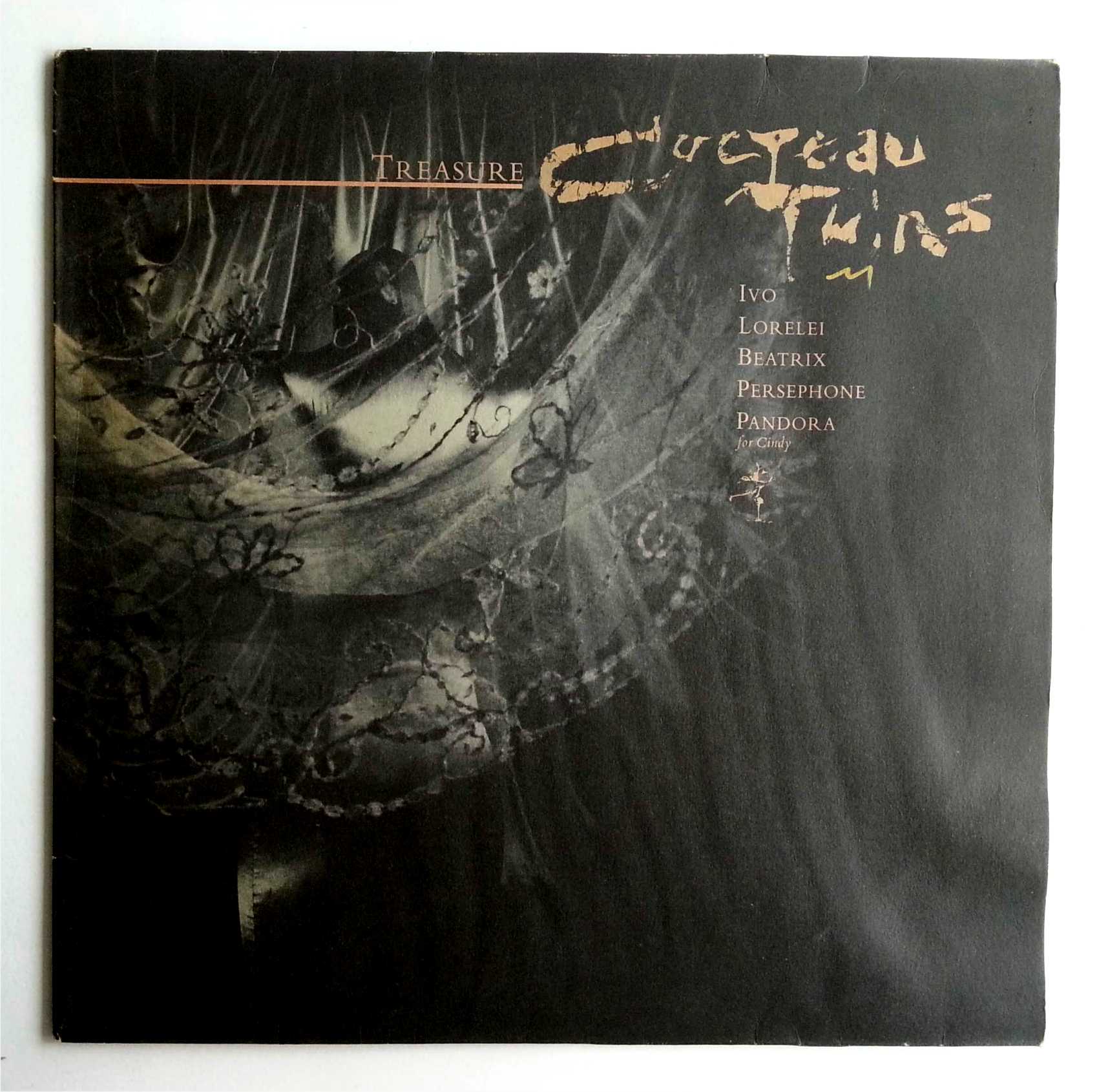

They took it from the Germans (Hyperium records and German music magazines such as "Zillo").īut back to the point. People know about darkwave because Projekt records used the term in the early '90s. Of course it's unknown in the U.S., like "dark wave" itself (an European catch-all term for dark '80s new wave music). "Ethereal wave" may be a strange term, but it's just an alternative term, primarily used in Central Europe. Kane, i guess, but only as a self-description).


Dreampop doesn't appear in any '80s review (except for A.R.
#Treasure cocteau twins zip full#
'80s reviews and classified ads are full of this "ethereal thing". the tussle about dreampop/ethereal will never end.Įthereal, ethereal goth, ethereal pop, ethereal rock are '80s terms. Thank you.īetacommandBot 05:03, 14 July 2007 (UTC) It seems. If you have any questions please ask them at the Media copyright questions page. Note that any fair use images uploaded after 4 May, 2006, and lacking such an explanation will be deleted one week after they have been uploaded, as described on criteria for speedy deletion. If there is other fair use media, consider checking that you have specified the fair use rationale on the other images used on this page. Do not simply insert a blank template on an image page. Using one of the templates at Wikipedia:Fair use rationale guideline is an easy way to insure that your image is in compliance with Wikipedia policy, but remember that you must complete the template. Please go to the image description page and edit it to include a fair use rationale. In addition to the boilerplate fair use template, you must also write out on the image description page a specific explanation or rationale for why using this image in each article is consistent with fair use. I notice the image page specifies that the image is being used under fair use but there is no explanation or rationale as to why its use in this Wikipedia article constitutes fair use. Ivo currently resides in Lamy, New Mexico.Image:Treasure cover.jpg is being used on this article. Although 4AD first released Underarms as a limited edition CD, the label reissued it in 2005 as Underarms and Sideways, the second disc of which has seven remixes by Markus Guentner.Īfter Watts-Russell sold 4AD back to its original distributors, Beggars Banquet Records, at the end of 1999, he turned to a career in art and photograph publishing. A few years after the release of This Mortal Coil’s final studio album, he founded and produced a band called The Hope Blister which released two albums: …smile’s OK (1998) and Underarms (1999). He also led This Mortal Coil, writing and selecting songs choosing the personnel for each song and occasionally playing keyboards. Presumably, he is the namesake of “Ivo,” the lead track of Cocteau Twins’ 1984 album, Treasure. One of his better-known productions is the Cocteau Twins’ debut Garlands. He has also produced several records, although he prefers to use the term “musical director.” Ivo Watts-Russell ~ Lamy photo: Born 1954 in Northamptonshire, England, Ivo was joint-founder with Peter Kent of the indie record label 4AD.


 0 kommentar(er)
0 kommentar(er)
